Home>Gardening & Outdoor>Plant Care & Gardening Tips>What Is The State Wildflower Of Oklahoma?
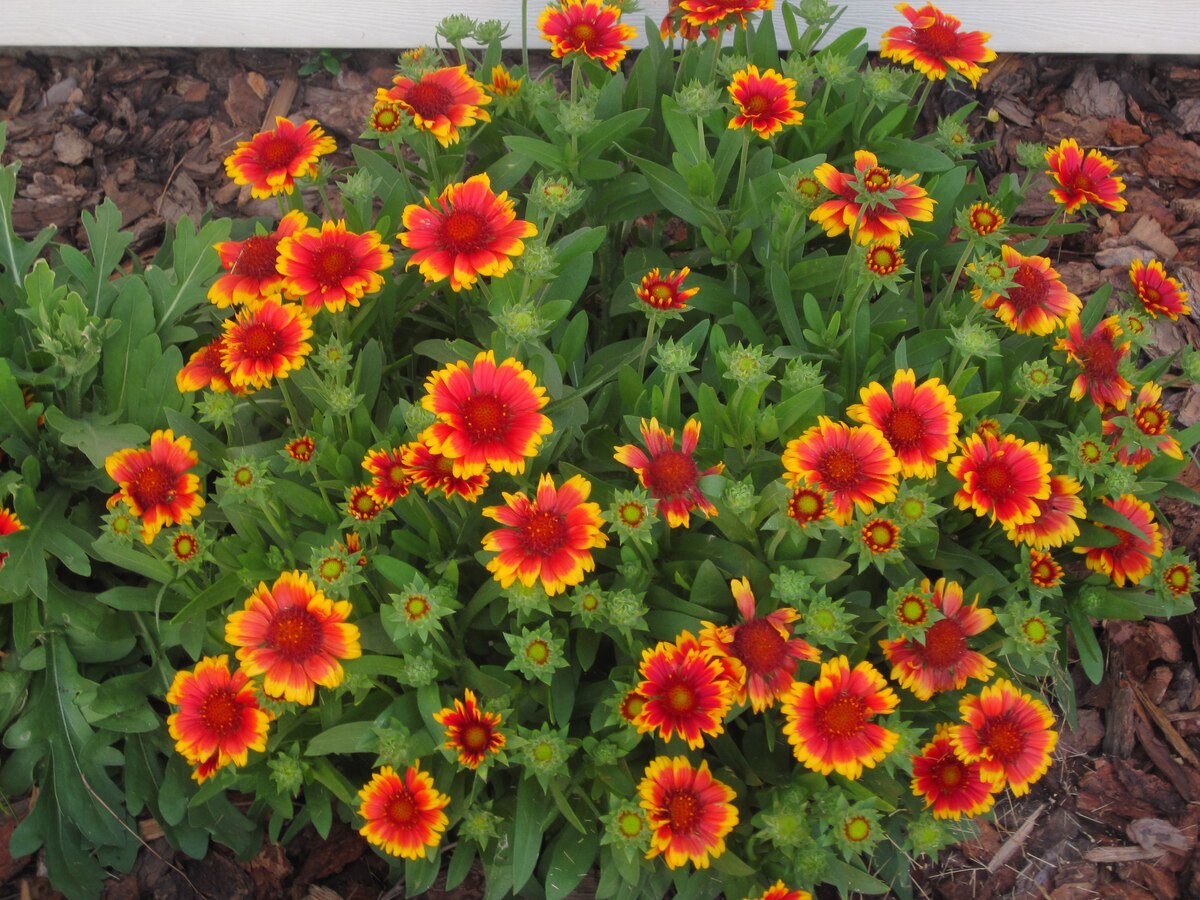

Plant Care & Gardening Tips
What Is The State Wildflower Of Oklahoma?
Modified: January 4, 2024
Discover the state wildflower of Oklahoma and get expert plant care and gardening tips. Learn how to cultivate and maintain this beautiful native flower.
(Many of the links in this article redirect to a specific reviewed product. Your purchase of these products through affiliate links helps to generate commission for Storables.com, at no extra cost. Learn more)
**
Introduction
**
When it comes to the natural beauty of Oklahoma, the Indian Blanket holds a special place. This vibrant and captivating wildflower, also known as the firewheel or Gaillardia pulchella, has been designated as the official state wildflower of Oklahoma. Its striking red and yellow petals, reminiscent of a Native American blanket, have made it an iconic symbol of the state's natural landscape.
The Indian Blanket is not just a visually stunning flower; it also plays a crucial role in Oklahoma's ecosystem. Understanding its history, significance, and conservation efforts can provide a deeper appreciation for this beloved wildflower and its impact on the state's environment. Let's delve into the fascinating world of the Indian Blanket and uncover the secrets of Oklahoma's state wildflower.
**
Key Takeaways:
- The Indian Blanket, Oklahoma’s state wildflower, symbolizes resilience, cultural heritage, and ecological importance, enriching the state’s landscapes and supporting biodiversity.
- Conservation efforts for the Indian Blanket focus on habitat protection, education, research, and partnerships to ensure its flourishing in Oklahoma’s natural landscapes.
Read more: What Is The State Wildflower
The Indian Blanket: Oklahoma’s State Wildflower
**
The Indian Blanket, scientifically known as Gaillardia pulchella, is a stunning wildflower that adorns the landscapes of Oklahoma with its vibrant hues of red and yellow. Also referred to as the firewheel due to its fiery colors, this resilient flower has become synonymous with the natural beauty of the state.
One of the most striking features of the Indian Blanket is its resemblance to the traditional blankets woven by Native American tribes, hence its evocative name. The flower’s disk-shaped center, adorned with deep red florets, is surrounded by brilliant yellow ray florets, creating a mesmerizing display that has captured the hearts of Oklahomans and visitors alike.
Blooming from late spring to early fall, the Indian Blanket adds a splash of color to roadsides, prairies, and open fields, creating a picturesque tapestry that embodies the spirit of the Oklahoma landscape. Its ability to thrive in diverse environments, from dry, sandy soils to well-drained clay, makes it a resilient and adaptable symbol of the state’s natural heritage.
What sets the Indian Blanket apart is not only its visual allure but also its ecological significance. As a native wildflower, it provides essential nectar and pollen for pollinators, including bees and butterflies, contributing to the health of Oklahoma’s ecosystems. Its role in supporting biodiversity and enhancing the visual appeal of the state’s natural areas underscores its importance as a cherished emblem of Oklahoma’s floral diversity.
**
History of the Indian Blanket
**
The history of the Indian Blanket is deeply intertwined with the cultural and natural heritage of Oklahoma. This iconic wildflower has been a part of the region’s landscape for centuries, captivating the imagination of indigenous peoples and early settlers with its vibrant blooms and resilience in the face of diverse environmental conditions.
Native American tribes, including the Cherokee and Choctaw, revered the Indian Blanket for its striking appearance and incorporated its imagery into their cultural traditions. The flower’s resemblance to traditional woven blankets made it a powerful symbol of nature’s beauty and the interconnectedness of all living things. Its presence in ceremonial practices and storytelling underscored its significance as a revered and cherished plant.
As European settlers began to explore and eventually inhabit the Oklahoma territory, they too were captivated by the Indian Blanket’s striking presence. Its vivid colors and ability to thrive in the challenging conditions of the prairies and open landscapes made it a symbol of resilience and natural beauty in the face of adversity.
Over time, the Indian Blanket became not only a beloved wildflower but also a symbol of the state’s rich natural heritage. Its recognition as the official state wildflower in 1986 further solidified its status as an enduring emblem of Oklahoma’s floral abundance and cultural significance.
Today, the Indian Blanket continues to enchant residents and visitors alike, serving as a living testament to the enduring legacy of Oklahoma’s natural landscapes and the deep connections between its people and the land. Its history is a tapestry woven with threads of cultural reverence, ecological resilience, and timeless beauty, making it an integral part of the state’s identity and natural legacy.
**
The state wildflower of Oklahoma is the Indian Blanket (Gaillardia pulchella). It is a beautiful and vibrant flower that can be found throughout the state, especially in prairies and open fields.
Importance of the Indian Blanket to Oklahoma
**
The Indian Blanket holds profound importance to the state of Oklahoma, encompassing both cultural and ecological significance that enriches the fabric of the region’s natural heritage. Its presence in the state’s landscapes serves as a vibrant reminder of the interconnectedness between the environment, native traditions, and the well-being of local ecosystems.
From a cultural standpoint, the Indian Blanket stands as a symbol of resilience, beauty, and the enduring legacy of Native American traditions. Its resemblance to traditional woven blankets has endowed it with a deep cultural significance, evoking a sense of connection to the land and the enduring spirit of Oklahoma’s indigenous peoples. The flower’s presence in ceremonial practices, storytelling, and artistic expressions underscores its enduring cultural importance, serving as a living link to the region’s rich heritage.
Ecologically, the Indian Blanket plays a vital role in supporting Oklahoma’s biodiversity and the health of its natural habitats. As a native wildflower, it provides essential nectar and pollen for a diverse array of pollinators, including bees, butterflies, and other insects. This contribution to the state’s ecosystems enhances the overall health and resilience of local flora and fauna, underscoring the Indian Blanket’s role as a keystone species in Oklahoma’s natural landscapes.
Furthermore, the Indian Blanket’s ability to thrive in a variety of environments, from prairies to roadsides, showcases its adaptability and resilience. Its presence in these diverse habitats not only adds a vibrant splash of color to the scenery but also contributes to soil stabilization and erosion control, further highlighting its ecological importance in maintaining the integrity of Oklahoma’s natural landscapes.
Ultimately, the Indian Blanket’s importance to Oklahoma transcends its status as the state’s official wildflower. It serves as a living testament to the enduring connections between culture, ecology, and the timeless beauty of the natural world, enriching the lives of Oklahomans and visitors while embodying the spirit of the state’s natural heritage.
**
Conservation Efforts for the Indian Blanket
**
Preserving the natural beauty and ecological significance of the Indian Blanket is a priority for conservationists and enthusiasts in Oklahoma. Recognizing the importance of this iconic wildflower to the state’s landscapes and biodiversity, concerted efforts have been made to ensure the continued flourishing of the Indian Blanket in its native habitats.
One of the key conservation strategies for the Indian Blanket involves the protection and restoration of its natural habitats. This includes the preservation of prairies, meadows, and open landscapes where the wildflower thrives. Conservation organizations and land management agencies work tirelessly to maintain and restore these vital ecosystems, creating conducive environments for the Indian Blanket to thrive and contribute to the overall health of Oklahoma’s floral diversity.
Education and outreach initiatives play a crucial role in raising awareness about the Indian Blanket and its significance to Oklahoma’s natural heritage. By engaging communities, schools, and nature enthusiasts, these efforts aim to foster a deeper appreciation for the wildflower and promote sustainable practices that support its conservation. This includes the promotion of native plant gardening, responsible land management, and the protection of pollinator habitats, all of which contribute to the well-being of the Indian Blanket and other native flora.
Furthermore, research and monitoring efforts are essential for understanding the ecological dynamics of the Indian Blanket and the factors that influence its populations. By studying its habitat requirements, interactions with pollinators, and responses to environmental changes, conservationists can develop targeted strategies to safeguard the wildflower’s future in Oklahoma’s landscapes.
Collaborative partnerships between government agencies, non-profit organizations, and local communities are instrumental in driving conservation efforts for the Indian Blanket. By working together to implement sustainable land management practices, protect natural areas, and promote the value of native flora, these partnerships contribute to the long-term conservation of the Indian Blanket and the preservation of Oklahoma’s natural heritage.
Overall, the conservation efforts for the Indian Blanket reflect a shared commitment to honoring and safeguarding the state’s natural treasures. By nurturing the landscapes where the Indian Blanket thrives and inspiring a deeper understanding of its importance, Oklahoma continues to pave the way for a future where this iconic wildflower continues to enchant and enrich the lives of generations to come.
**
Read more: What Is The State Wildflower Of Michigan?
Conclusion
**
The Indian Blanket, Oklahoma’s state wildflower, embodies the timeless beauty, cultural significance, and ecological importance that enrich the landscapes of the state. Its vivid red and yellow blooms serve as a vibrant symbol of resilience, connecting the past, present, and future of Oklahoma’s natural heritage.
From its deep-rooted history intertwined with Native American traditions to its role as a vital contributor to the state’s biodiversity, the Indian Blanket holds a place of honor in the hearts of Oklahomans and nature enthusiasts. Its presence in open fields, prairies, and roadsides not only adds a captivating visual allure to the scenery but also sustains essential ecosystems by providing nectar and pollen for a diverse array of pollinators.
As stewards of the land, conservation efforts for the Indian Blanket underscore the shared commitment to preserving the state’s natural treasures. Through habitat protection, education, research, and collaborative partnerships, Oklahoma continues to ensure the flourishing of this iconic wildflower in its native landscapes.
The Indian Blanket is more than a state symbol; it is a living testament to the enduring connections between culture, ecology, and the timeless beauty of the natural world. Its resilience and adaptability echo the spirit of Oklahoma, enriching the lives of those who pause to admire its vibrant blooms.
As the Indian Blanket continues to weave its colorful tapestry across the state’s landscapes, it serves as a poignant reminder of the interconnectedness between the environment, cultural heritage, and the enduring spirit of Oklahoma. Its presence is a celebration of nature’s artistry and a testament to the enduring legacy of the state’s natural landscapes.
Frequently Asked Questions about What Is The State Wildflower Of Oklahoma?
Was this page helpful?
At Storables.com, we guarantee accurate and reliable information. Our content, validated by Expert Board Contributors, is crafted following stringent Editorial Policies. We're committed to providing you with well-researched, expert-backed insights for all your informational needs.
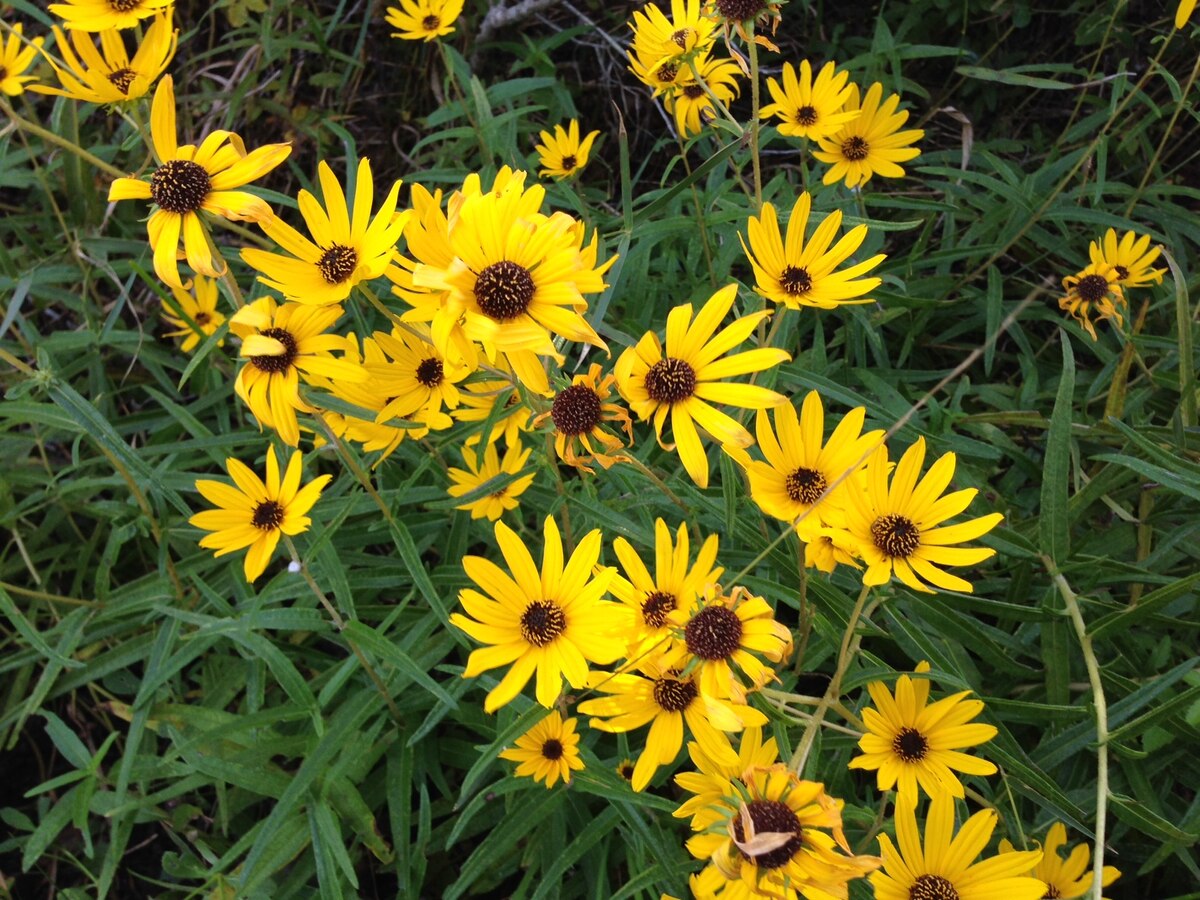
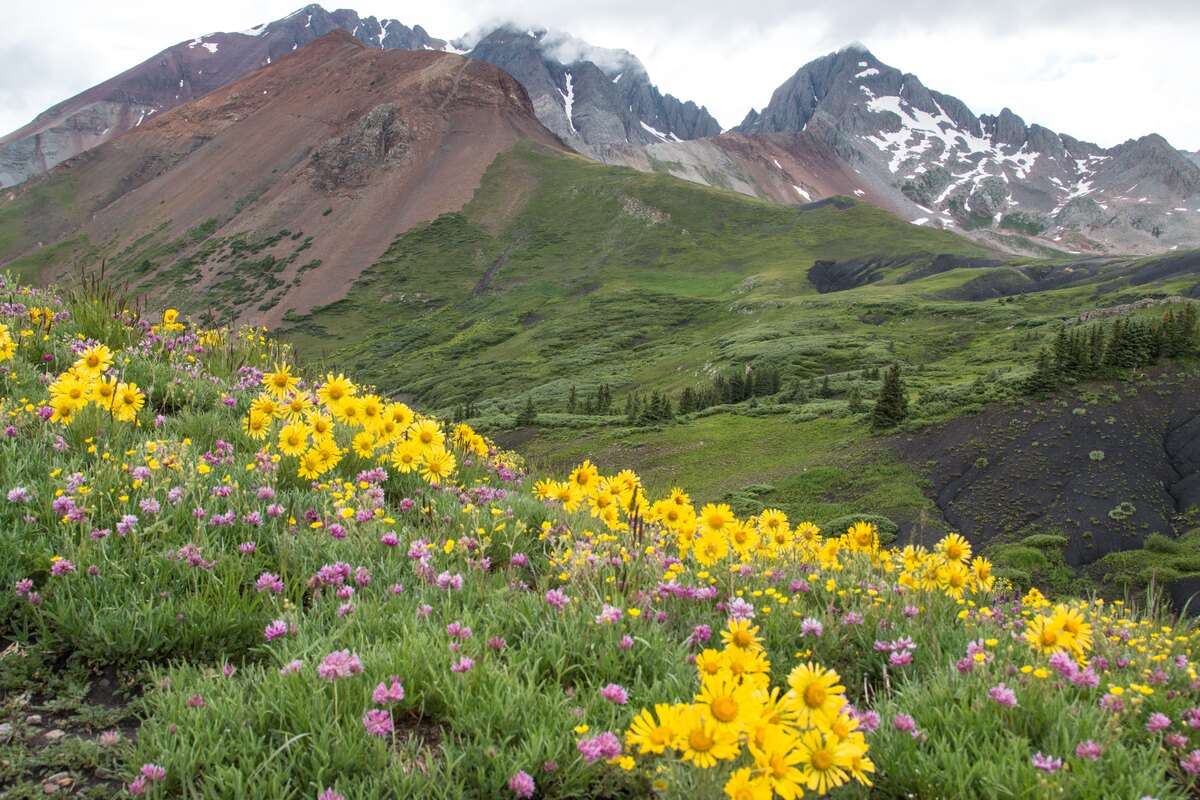
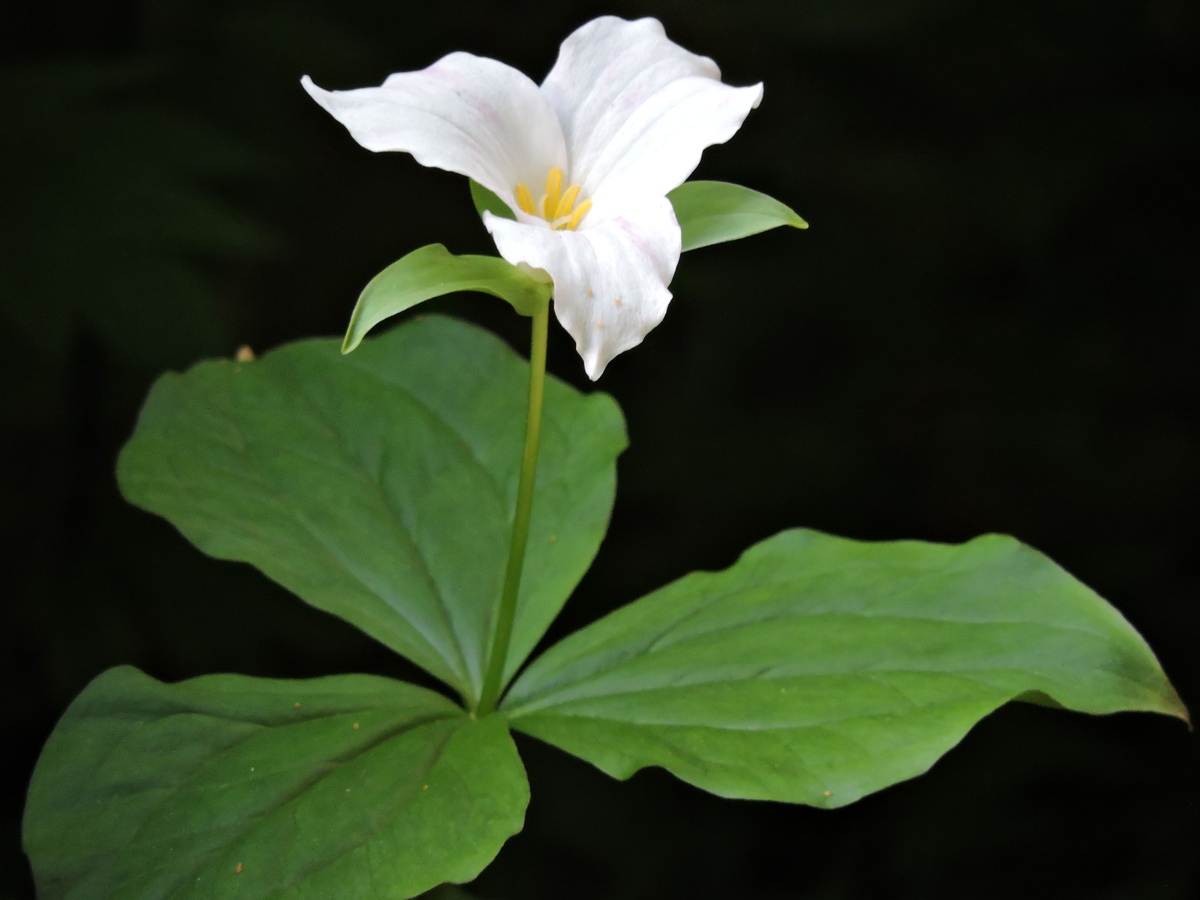
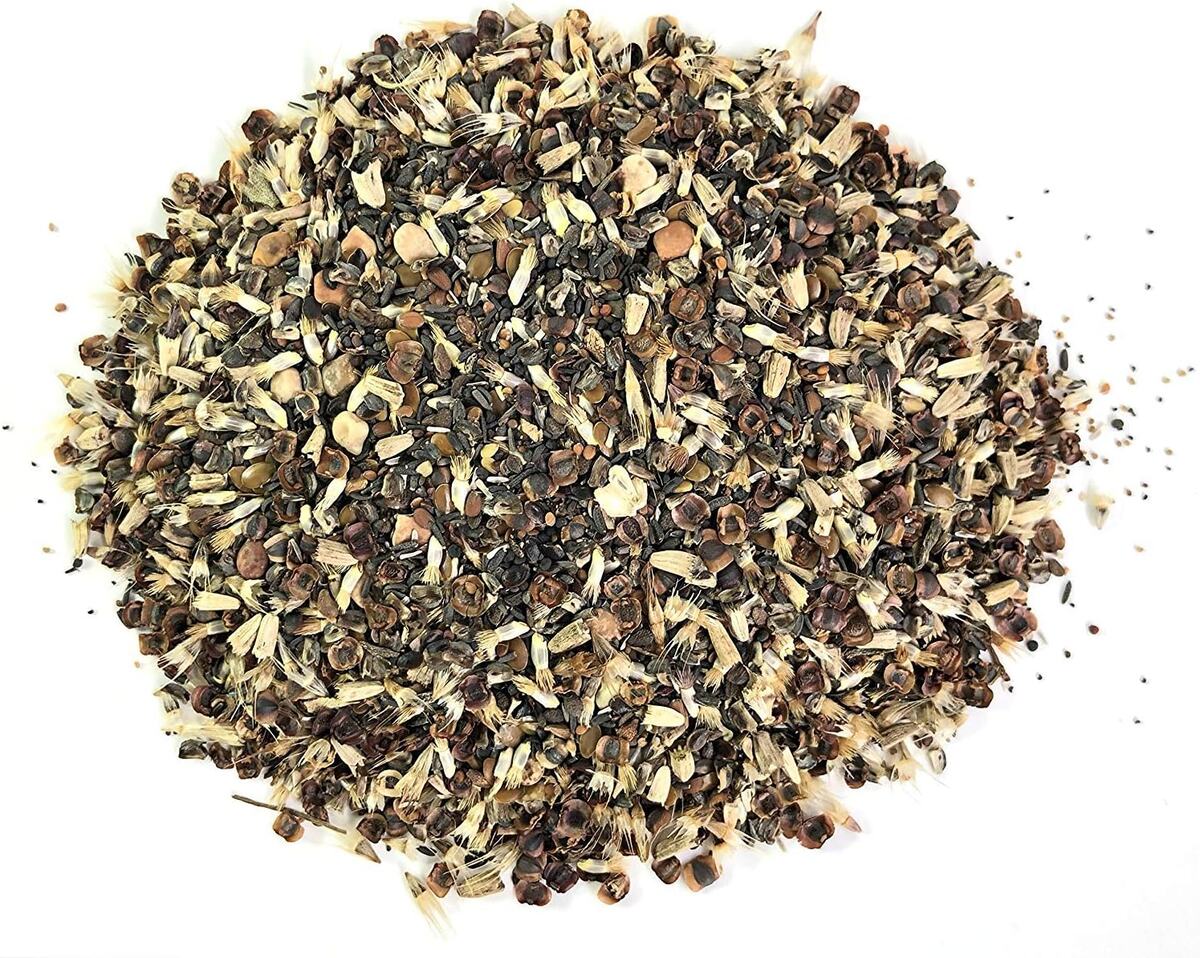
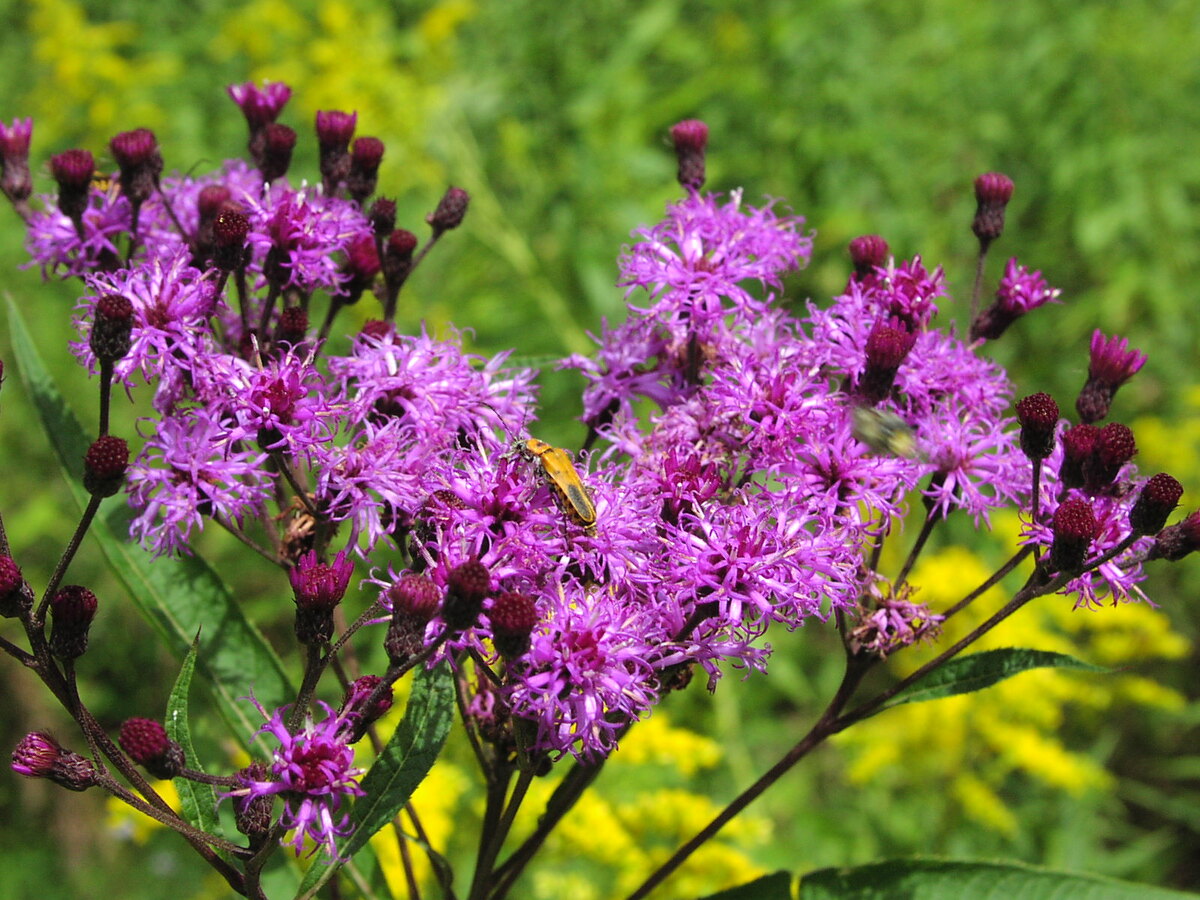
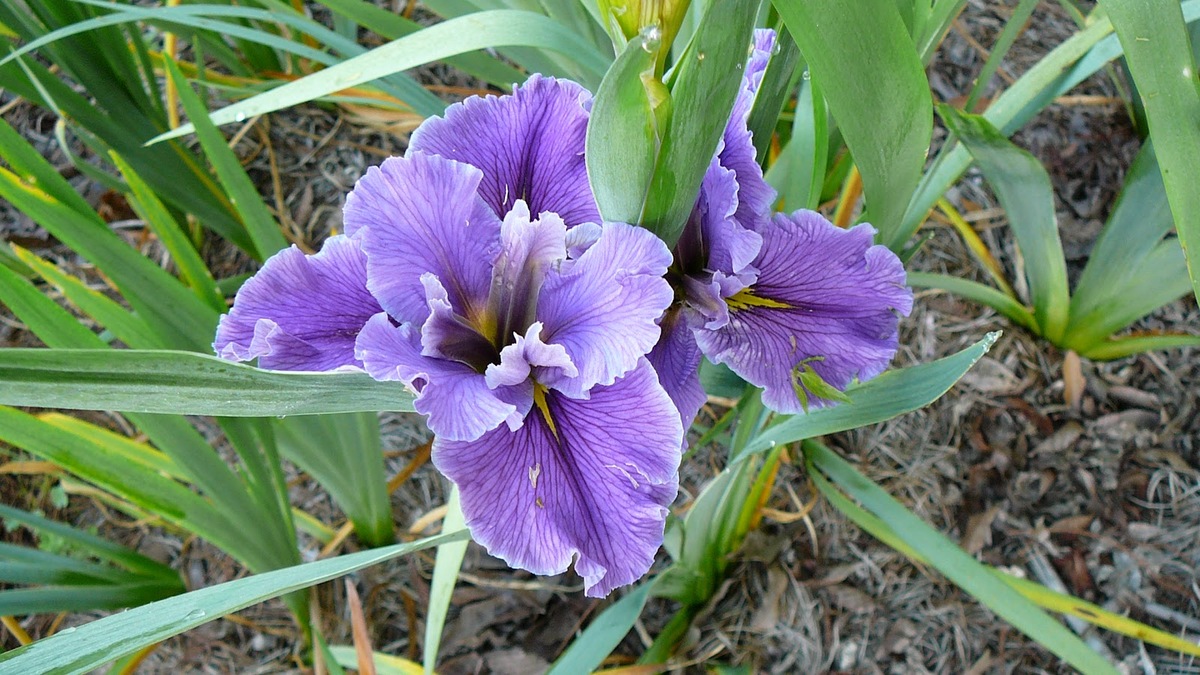
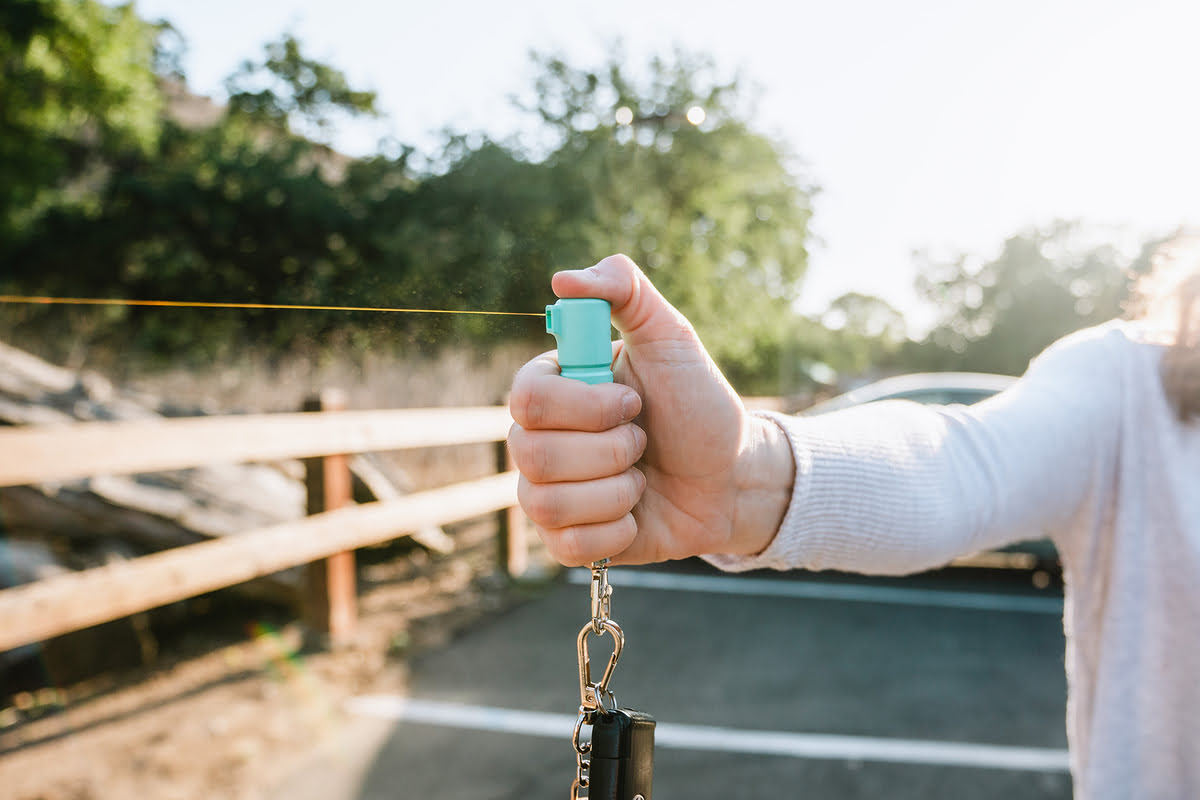

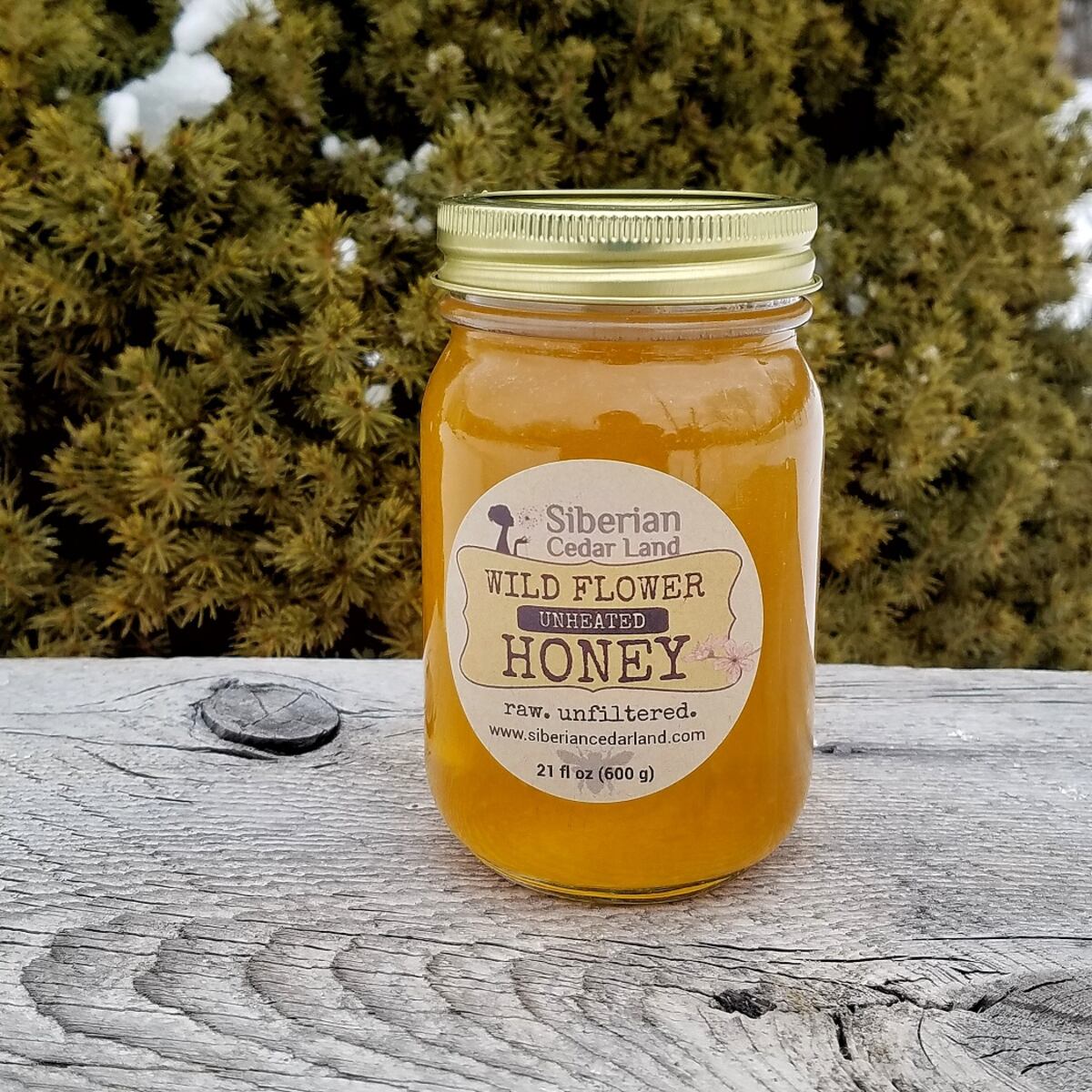
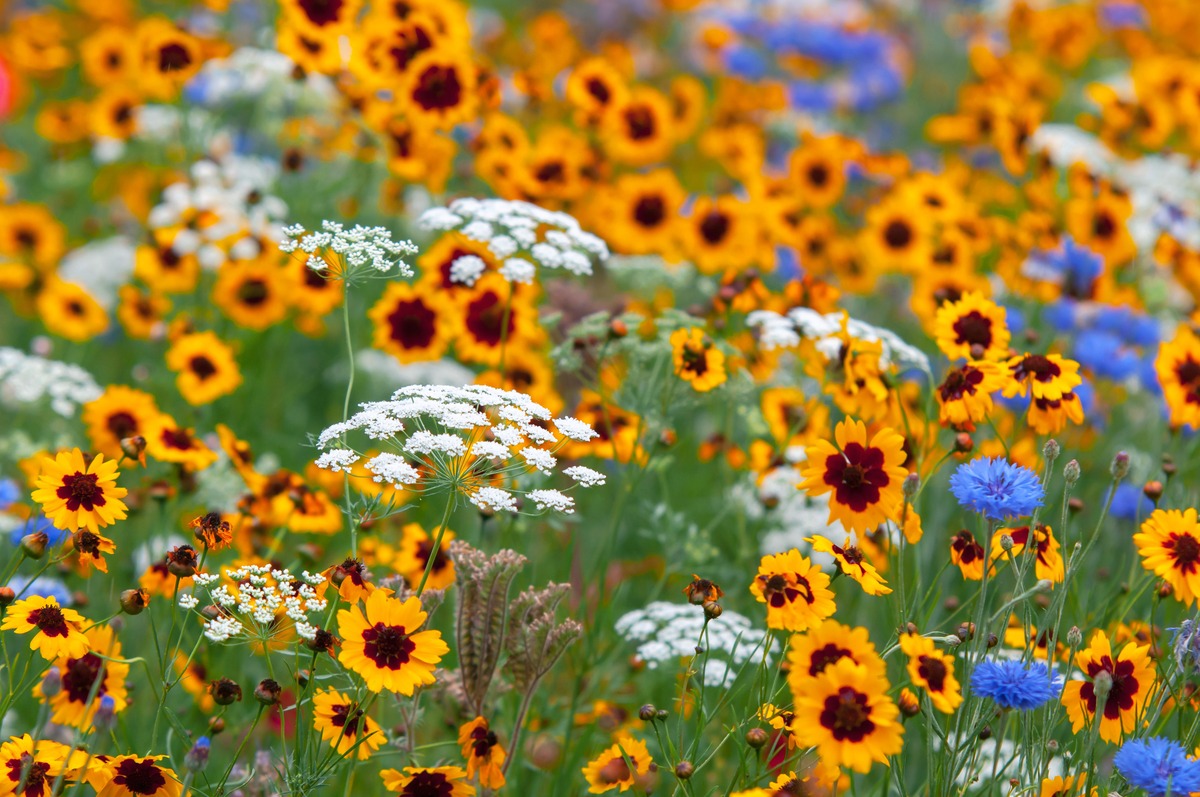
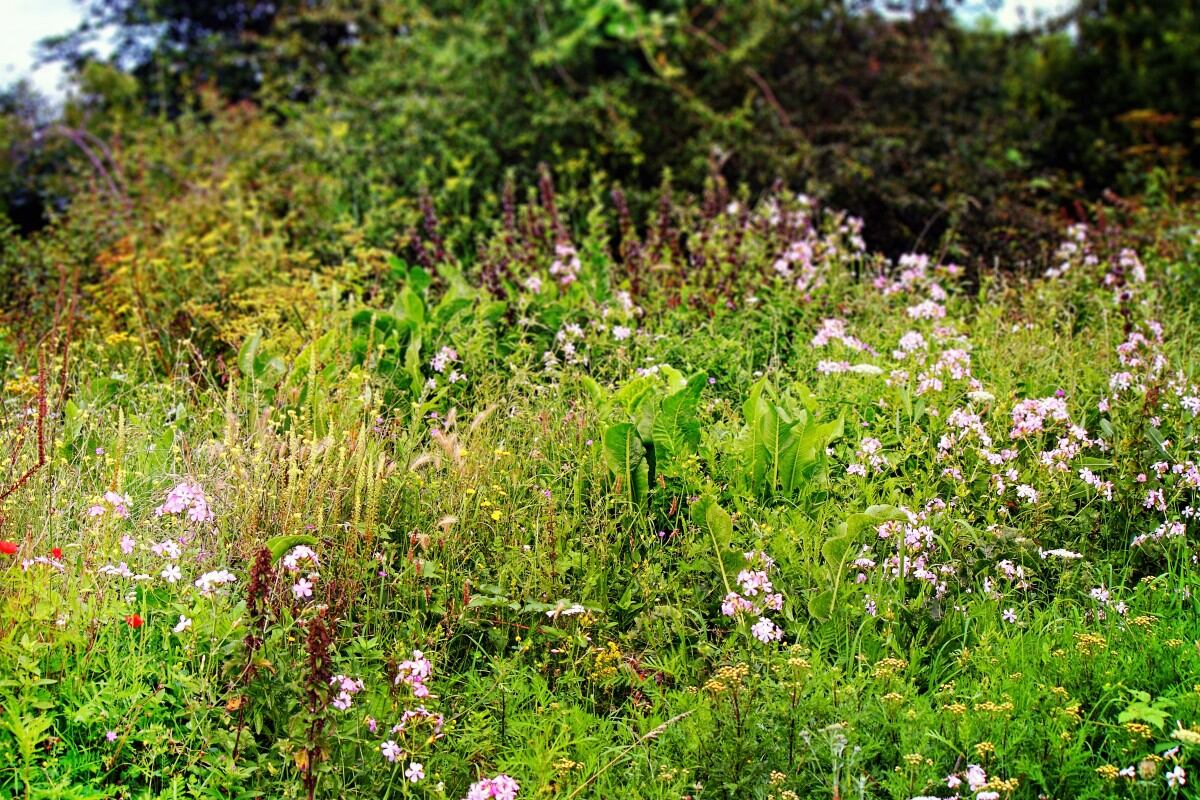


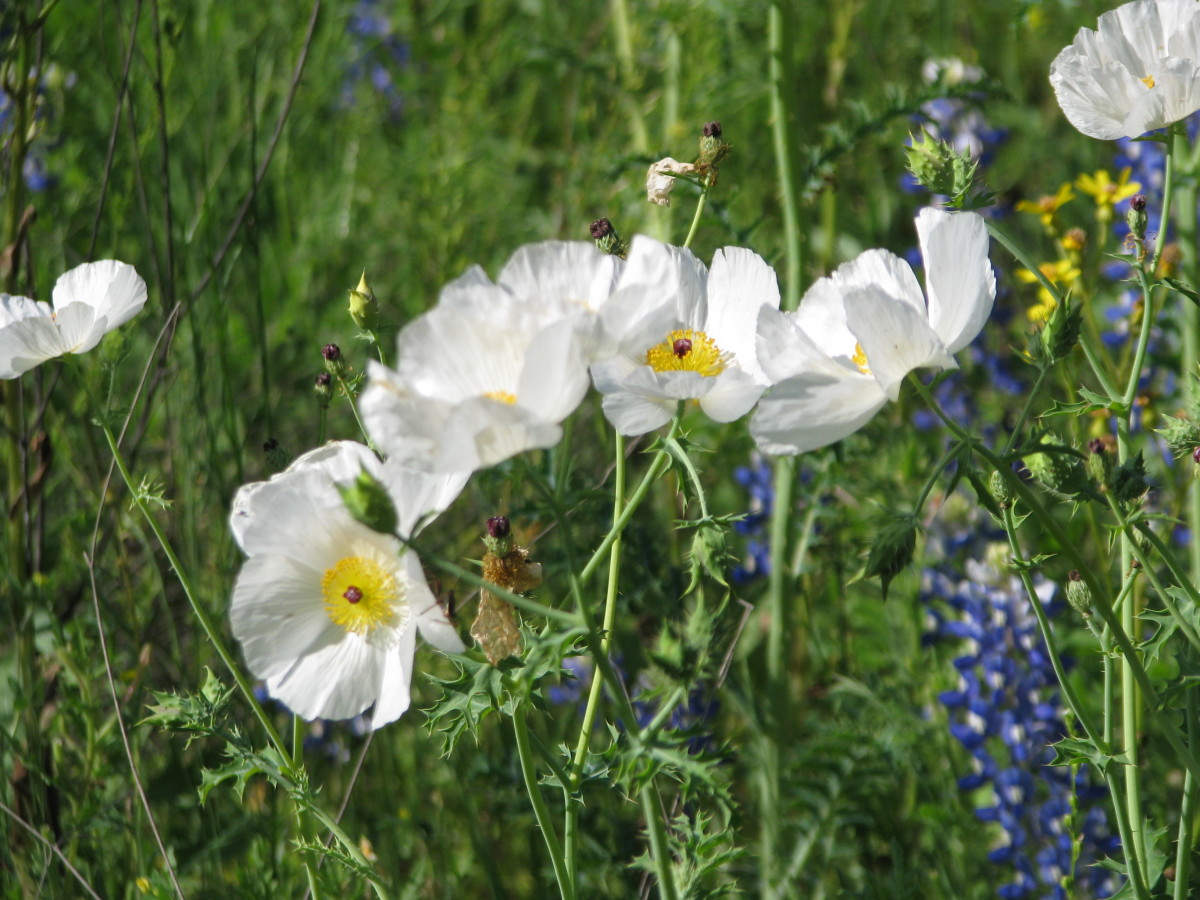

0 thoughts on “What Is The State Wildflower Of Oklahoma?”